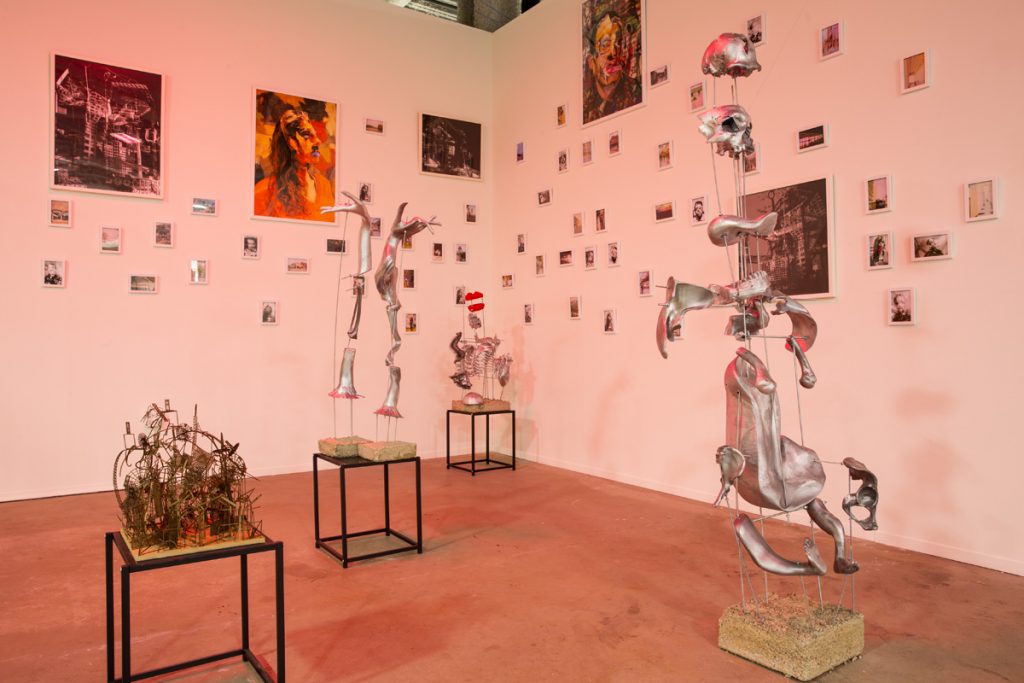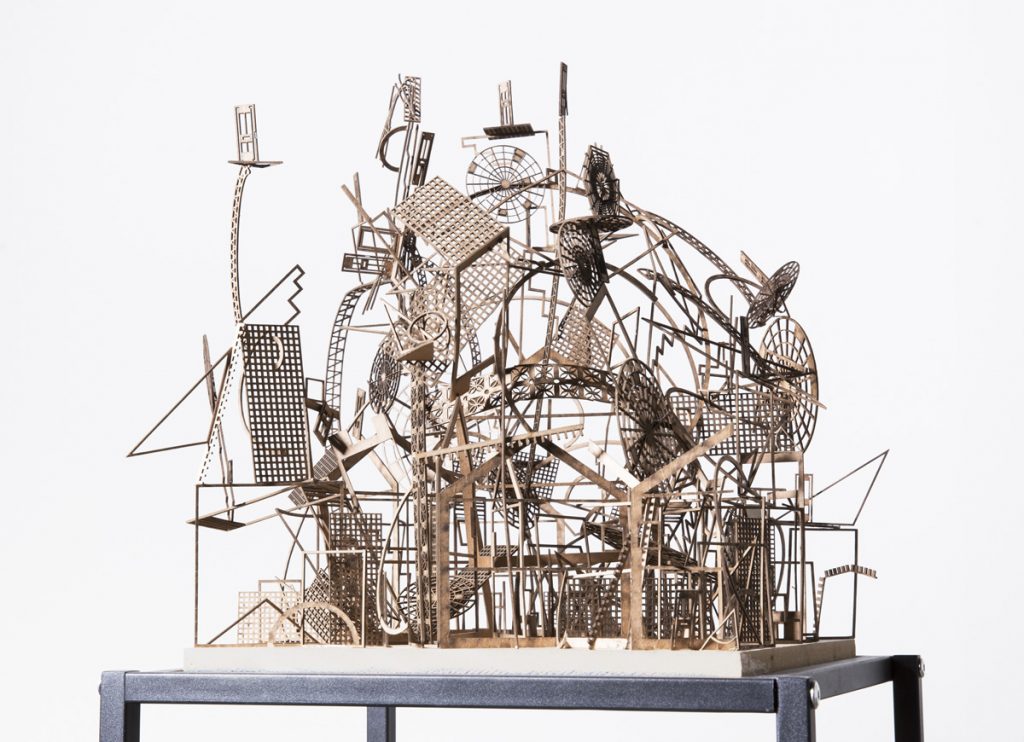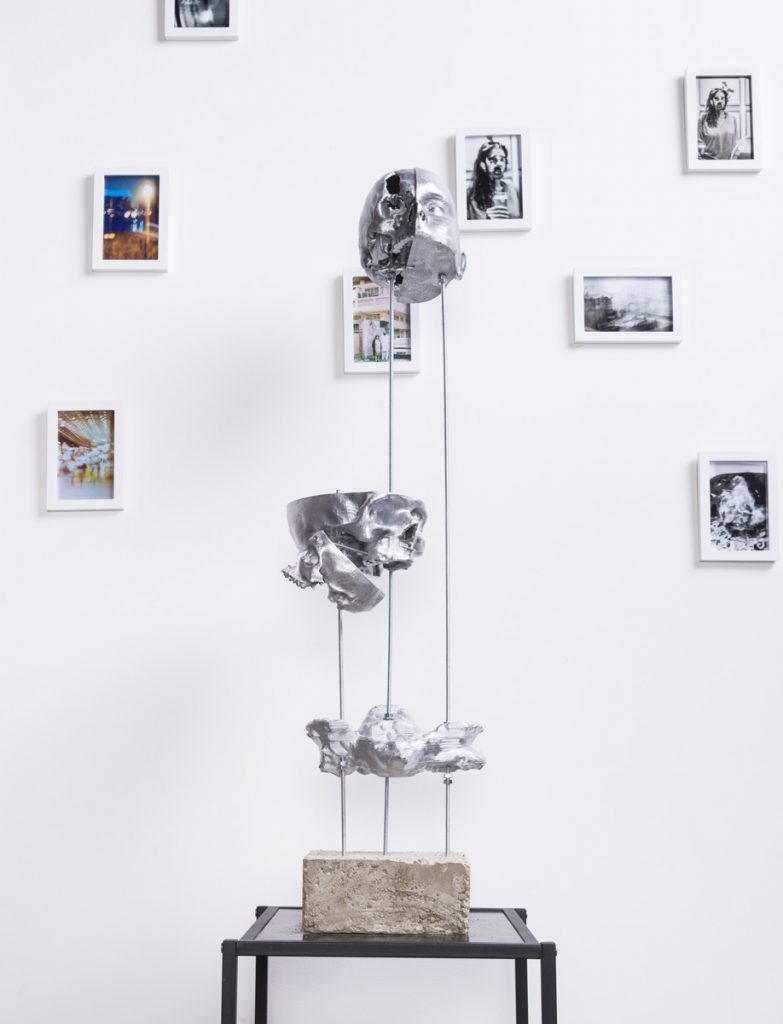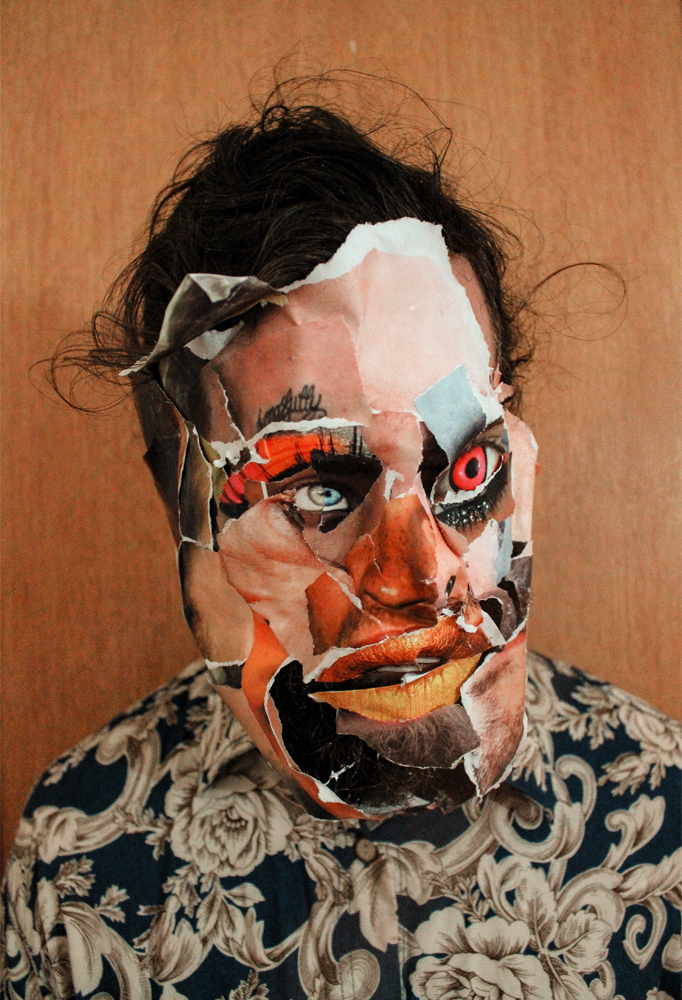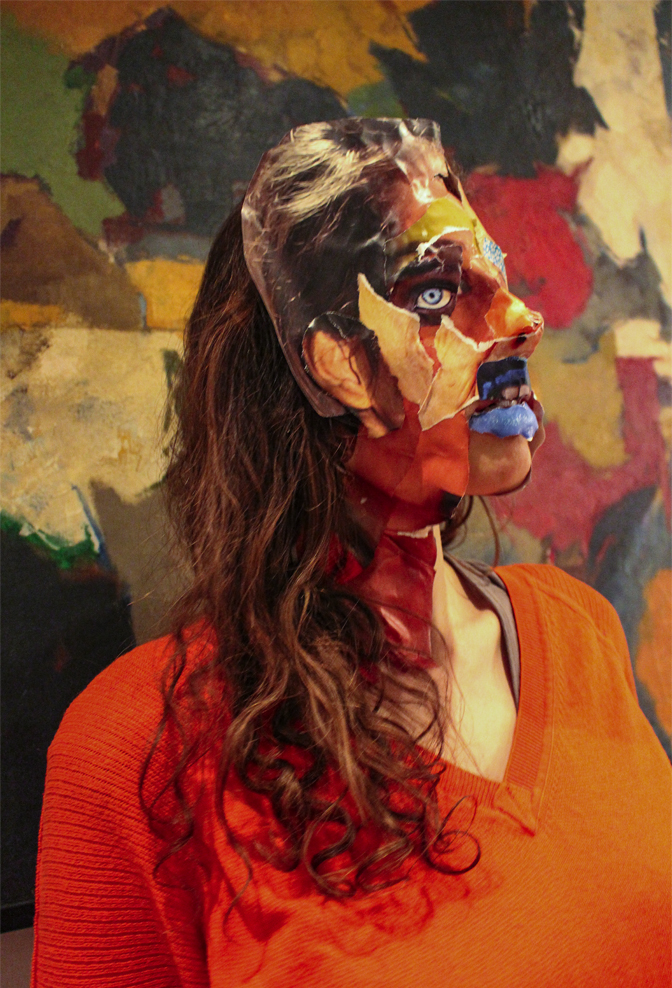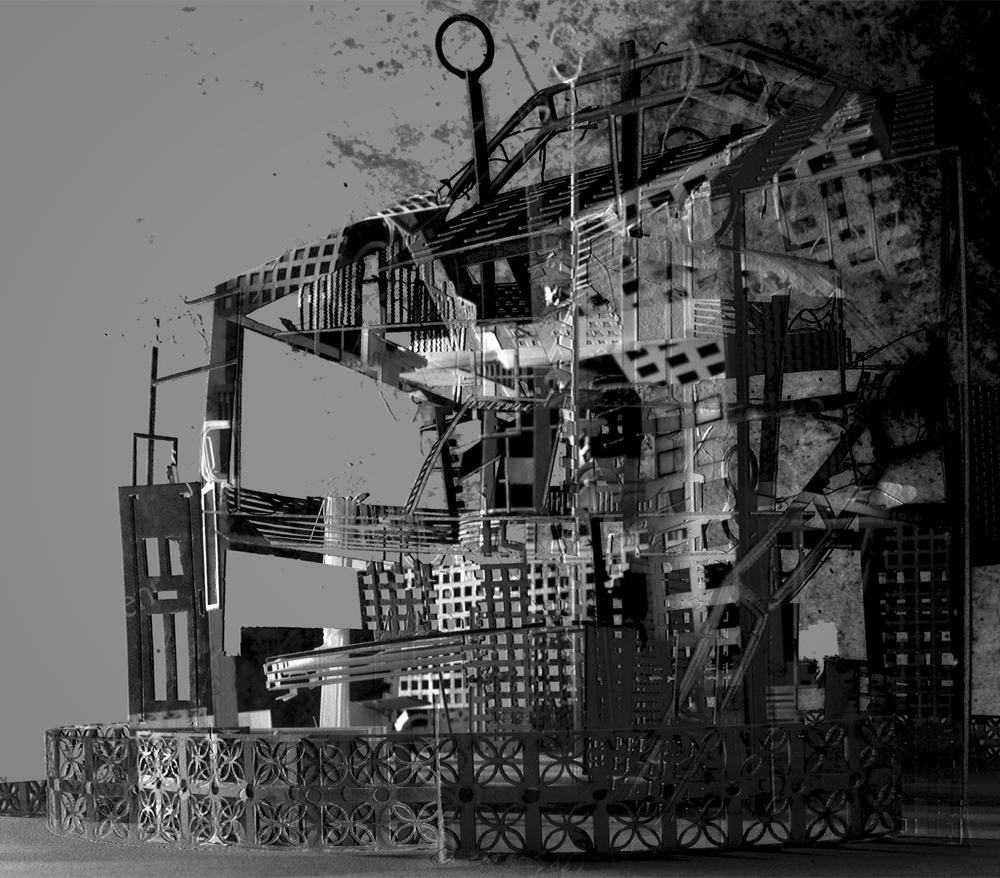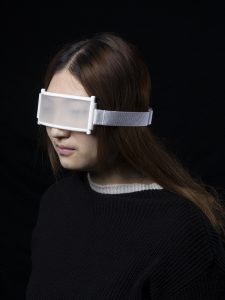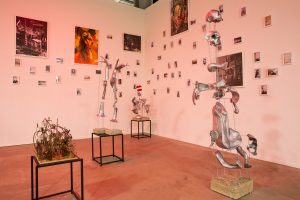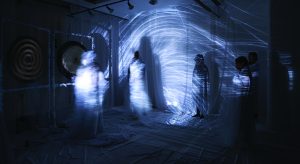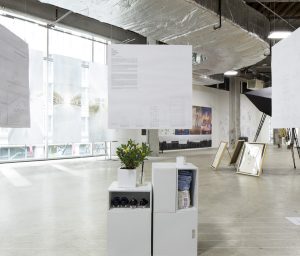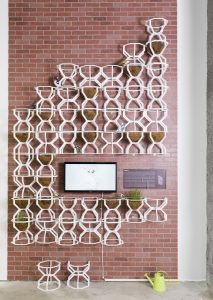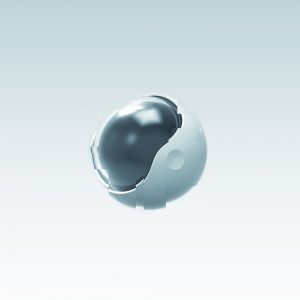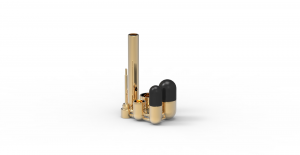When visiting my family homes in England and Pakistan over the winter break, I was both shocked and saddened by how much these familiar places had become displaced by time, memory and experience – notions that I take for granted, and this became the start of my thesis – the act of preserving the in effable. As I walked around West Yorkshire and Lahore, I frantically took photos of situations that were provoked by a discord between memory and site. As if grasping the hazy fragments of a dream before waking, urgently snapping streets, paths, roadways, buildings, wallpaper, before they could further disappear from recollection of place. The resultant images, triggered by childhood and adolescent memory, recorded a very present, concrete, but changed reality. When I went around with my family, especially my mother and grandfather, they remained wary of returning to the places from their youth, uneasy at the prospect of finding things altered and preferring to retain their memories of a place of fundamental safety, innocence, simplicity and beginnings. Excitement and tension between these two perspectives, and the threat of slippage from the comfort of the familiar to the fear of the unknown is the heart of my thesis.
These diagrammatic perambulations of my family’s dwellings becomes a form of social cartography that allows for me peer into the vast and uncanny world of their communal and individual architectural imagination. My family fled from India during the partition, to “The Building” in Pakistan, and then eventually to several different towns and cities in the UK; I will be looking to them as an example of a diaspora community that continues to rearticulate its image of “the home” in completely foreign contexts.
In order to visualize these perpetually altering, and fragmenting landscapes, where time and place conflate into a single moment, I will be using several temporal registers that allow for the simultaneity of all of these conditions to exist at once… overlaid and deconstructed drawings of The Building, stroboscopic models of banal / sacred anachronistic architectural objects and three-dimensional cubist paintings.



